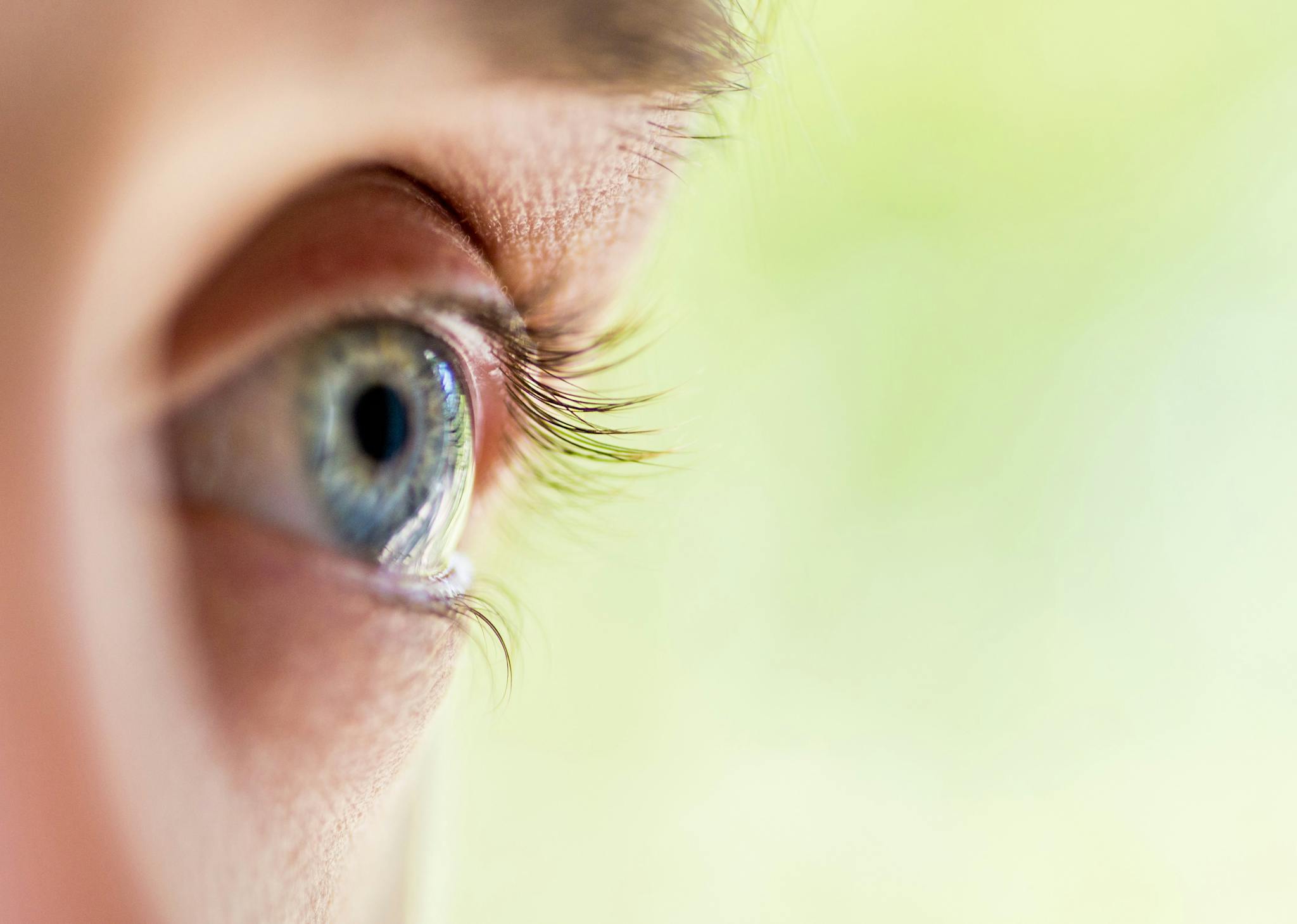
April 22, 2024
What Deficiency Causes Cold Hands and Feet?
- Family Medicine
- Internal Medicine
January 26, 2017 | Ophthalmology

The eyes are fragile parts of the body with many working parts, and it’s easy for problems to develop if even one small part of your eye is damaged. One common eye condition is called glaucoma.
Glaucoma causes damage to the optic nerve in the eye, generally through pressure that builds up over time. This pressure is called intraocular pressure. The optic nerve sends images to the brain after they’ve been processed by the eyes, so any damage to it prevents the brain from being able to properly break down the images. Glaucoma usually affects both eyes, though it’s usually worse or more noticeable in one eye.
Here’s a look at the causes, types and treatments for glaucoma.
There’s liquid in the front of every healthy human eye known as the aqueous humor, and it normally flows out of your eyes through a mesh channel. Glaucoma can begin development when this channel is blocked and the liquid builds up in the eye.
Fluid buildup is the most common cause of glaucoma, but there are other causes too:
There are two primary types of glaucoma:
Glaucoma can affect anyone, but there are several groups who can be at higher risk including:
One of the curious parts about glaucoma is the fact that most people who have it don’t experience symptoms. For this reason, those in a high-risk group should be sure to get checked for glaucoma by a doctor at regular intervals.
For people who do have symptoms, they may include:
If you have any glaucoma symptoms for more than a short period of time, you should see your doctor right away. Your doctor will put drops in your eyes to dilate the pupils, then will usually do a visual and functional examination. Your eyes will be tested for their pressure using a test called tonometry, and you may do a visual acuity test where you’re asked to cover one eye and read a series of letters.
There are a few treatment options available, depending on how severe your case of glaucoma is:
Glaucoma has no cure, but proper treatment can control symptoms and make it manageable. Anyone at significant risk of glaucoma should have regular tests for the disease. Be sure to take preventive measures; it will go a long way in preventing pain or time-consuming procedures if symptoms do become present.
If you’re experiencing any of these symptoms or are at risk for developing glaucoma, speak to your doctor about an examination.
“Glaucoma.” The Mayo Clinic. http://www.mayoclinic.org/diseases-conditions/glaucoma/basics/symptoms/con-20024042
“What Is Glaucoma?” WebMD. http://www.webmd.com/eye-health/glaucoma-eyes#2
WRITTEN BY:
The Live Better Team


April 22, 2024

April 9, 2024

March 22, 2024

February 12, 2024
This information is not intended to replace the advice of a medical professional. You should always consult your doctor before making decisions about your health.